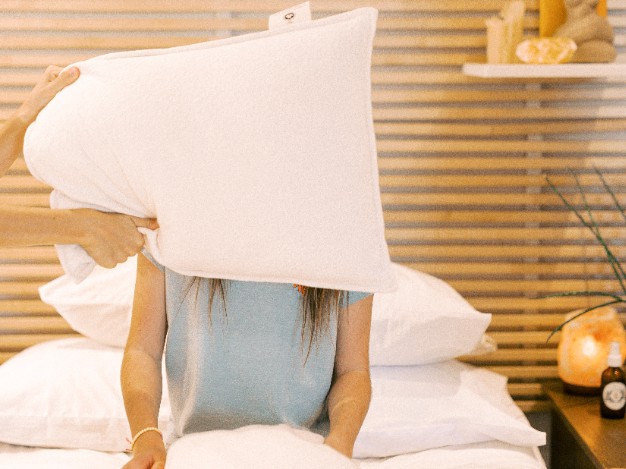Do Kids Really Need a Pillow? When and How to Introduce One Safely

As parents, we often want to make our kids comfortable — and a pillow seems like a natural step when transitioning them to their “big kid” bed. But here’s the important question: do kids really need a pillow, and if so, when is the right time to introduce one?
The truth is, giving a pillow too early can interfere with safe sleep. On the other hand, waiting until the right stage ensures your child gets the comfort and support they need.
Why Babies and Toddlers Shouldn’t Use Pillows
For infants under 12 months, pillows are not safe. Babies should sleep on a firm, flat surface without soft bedding or accessories. Introducing a pillow too soon can:
- Increase the risk of suffocation or SIDS (Sudden Infant Death Syndrome).
- Affect spinal alignment during early growth.
- Make it harder for babies to move freely at night.
That’s why health experts recommend no pillows for the first year of life.
When It’s Safe to Introduce a Pillow
Most kids are ready for a pillow between ages 2 and 3 — often when they transition to a toddler bed. Signs your child may be ready include:
- Resting their head on a stuffed animal or blanket for comfort.
- Struggling to get comfortable without some elevation.
- Moving into their own bed from the crib.
What to Look for in a Kids’ Pillow
When the time comes, choose a pillow that supports healthy sleep without overwhelming your child’s smaller frame. Look for:
- Low loft (thin) – around 2–3 inches high.
- Soft yet supportive – not too firm, not too fluffy.
- Organic materials – cotton, wool, or natural latex instead of polyester or synthetic fills.
- Hypoallergenic – especially if your child has asthma or allergies.
Avoid down feather pillows, which flatten unevenly and can trap allergens, and steer clear of memory foam, which off-gasses chemicals and traps heat.
Why Organic Matters for Kids’ Pillows
Kids spend up to 10–12 hours in bed, and their bodies are still developing. Choosing an organic pillow ensures:
- No exposure to pesticides, VOCs, or flame retardants.
- Breathability for cooler, healthier rest.
- Materials that resist mold, mildew, and dust mites.
It’s peace of mind for parents — and better sleep for kids.
Takeaway: Your child doesn’t need a pillow until they’re at least 2 years old. When it’s time, choose a low-profile, organic option to support safe, healthy, and comfortable sleep.
